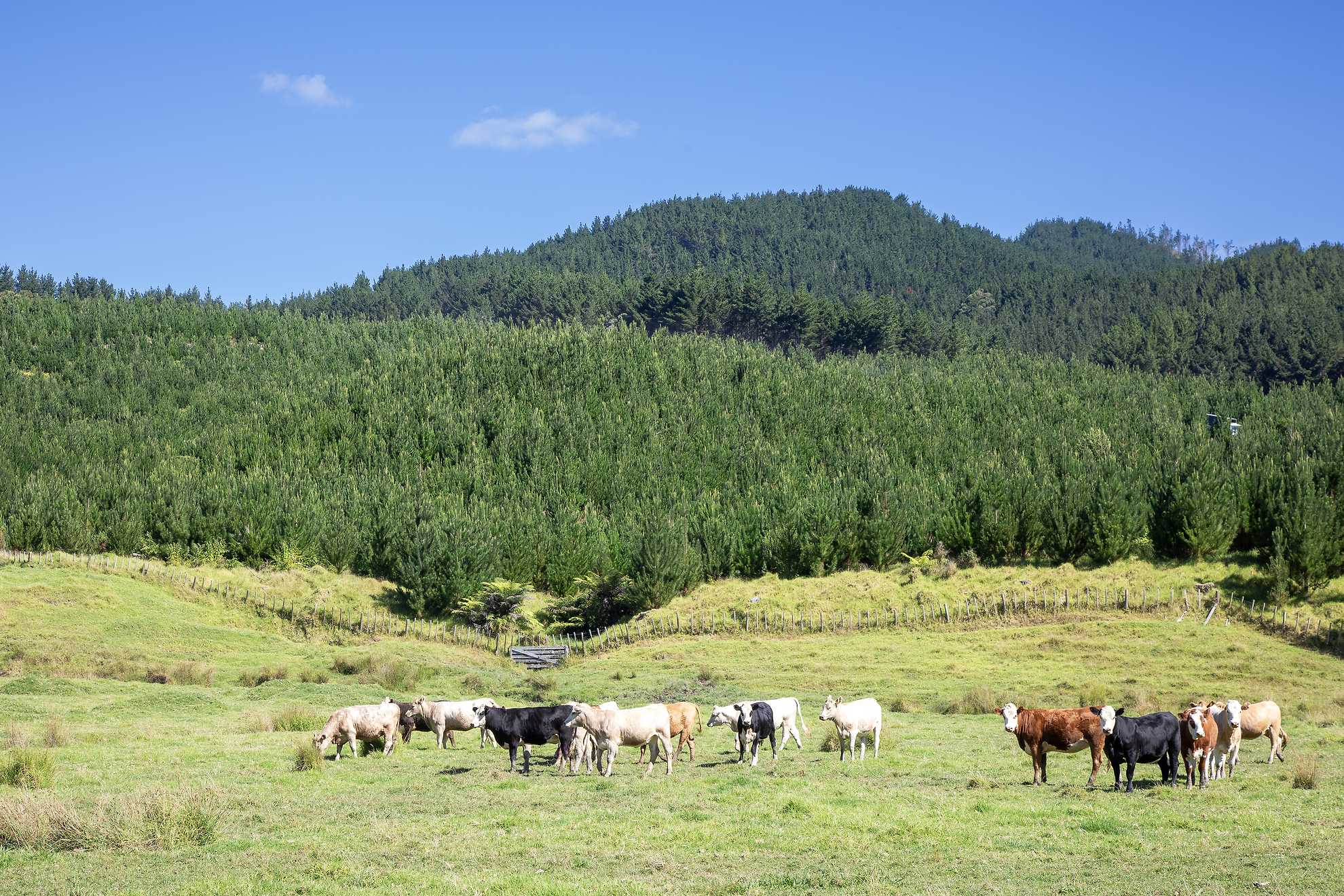Forestry
Plantation forestry is a significant land-use activity and third largest primary exporter earner in New Zealand. d9fb9b4f-0938-43b7-9f5a-07575d5a51d8 Plantation forestry can improve water quality, control erosion and is potentially the largest sink for mitigating greenhouse gases.
In 2023, plantation forestry occupied about 1.79 million hectares. Pinus radiata is the main species utilised in New Zealand along with smaller amounts of Douglas fir, eucalyptus and other species. 8f1e5e0e-69eb-49e4-9387-ce2c0b5f3cd5
Plantation forestry exports are worth nearly $6 billion a year, accounting for around 6% of New Zealand's total goods exports and contributing 1.6% to the country’s GDP. d297df7a-2f9c-4c88-b1db-702b5e422510
The sector is estimated to employ between 35,000 and 40,000 people, in addition to many more jobs in industries that supply forestry for example, transport and port service workers.
94ea7015-793c-45a7-9e5f-4cdb00ad7328
The main activities and effects associated with plantation forestry are described in the table below. b34c7b1f-b86b-4993-8957-7f6c022baf89
Activity | Description | Potential Effects |
|---|---|---|
| Mechanical Land Preparation | Mechanical Land Preparation is undertaken if required to address weed competition, impacts of frost, slash deposits (from the prior forestry cycle), compacted soil and poor drainage to improve tree growth and reduce crop mortality, and to mitigate the risks of soil movement and sedimentation. | - Erosion on steep land |
| Afforestation | Afforestation applies to new planting where there has been no previous plantation forest, or where there was previous plantation forest and 5 years have lapsed since the last harvest. It is usually done manually, although mechanical tree planters may be used where site conditions permit. | - Erosion on steep land |
| Pruning and Thinning | Pruning removes branches from the lower sections of the tree. Thinning is selective removal of trees within a stand to achieve an optimum stocking rate for the final crop. This reduces competition for sunlight, water and soil nutrients, allowing the remaining trees to grow more quickly. Pruned material (slash) is typically left on the ground for weed and erosion control. |
|
| Harvesting | Harvesting involves felling trees, extracting them, processing them into logs, and loading the logs onto trucks for transportation. Clear felling (felling the entire stand of trees) is the most common type of harvesting in New Zealand. | - Soil disturbance |
| Earthworks | Earthworks are undertaken to provide the physical infrastructure required to establish, maintain and harvest a plantation forestry, including the construction and maintenance of access roads, processing areas, landings, river and stream crossings. | - Erosion |

-
https://www.mpi.govt.nz/forestry/new-zealand-forests-forest-industry/about-new-zealands-forests/
-
https://www.mpi.govt.nz/forestry/forest-industry-and-workforce/forestry-wood-processing-data/
-
https://www.mpi.govt.nz/forestry/forest-industry-and-workforce/forestry-wood-processing-data/
-
https://www.mpi.govt.nz/forestry/new-zealand-forests-forest-industry/importance-new-zealand-forests/
Last updated at 4:56PM on February 4, 2025